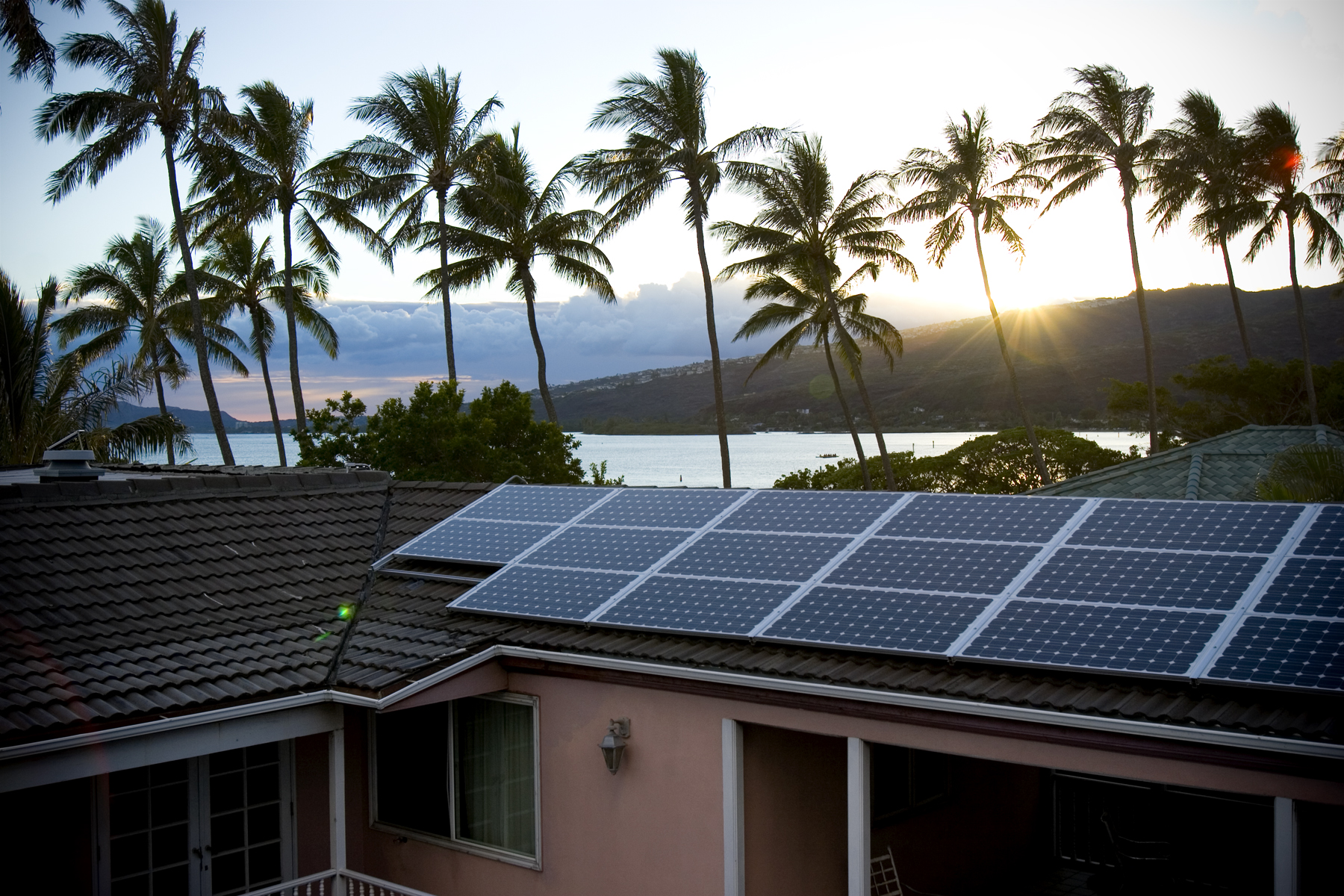
Will the Aloha State Say “Goodbye” to Utilities?
Electricity prices in Hawaii are the highest in the nation, and residents in the Aloha State are paying nearly three times the nation average.
A majority of the state’s electricity generation comes from imported oil. Historically, consumers’ electricity bills have been directly related to the prices of crude oil, but in recent years, customers have not seen their rates discounted accordingly when crude oil prices fall.
Increases in fixed costs (meter-reading fees, Public Benefits Fund Surcharges, etc.) have kept Hawaiians’ electricity rates high, even when the cost per barrel of crude has decreased. So what's on the horizon for the state of Hawaii when it comes to developing solar, and minimizing traditional utilities?
Going Solar Is a Smart Move in Hawaii
With these sky-high utility rates, it’s no wonder that so many Aloha State residents are eager to source their electricity from the sun. One of every eight homes in the state of Hawaii has solar panels. Hawaii’s bountiful sunshine and high electricity costs make it an ideal place to take advantage of solar energy.
While solar advocates would like to see the state government force utilities to pay customers for energy surpluses and simplify interconnection rules, it’s impossible to discount Hawaii’s four-year solar payback period or the impressive monthly savings the average customer can net by going solar.
HECO to Solar Customers: “Be Patient”
The state’s utilities, however, are decidedly less enthusiastic about solar energy, especially when it comes to net metering. The state’s net metering program requires Hawaiian Electric Companies to reimburse solar users for the excess energy they generate, at retail rates.
In a familiar refrain, HECO has decried net metering rates, claiming that they allow solar users to sidestep their share of maintaining utility grid infrastructure. Back in January, HECO was pushing to replace existing net metering laws with a new tariff regime that would have cut net metering buyback rates in half.
HECO has also stifled solar growth by disallowing new solar installations until system upgrades were complete, leaving many would-be solar adopters paying high utility bills, even as their solar-equipped neighbors pay next to nothing for electricity during summer months.
Is the Utility Dragging Its Feet in Hawaii?
Incumbent utility opposition to solar is nothing new. Critics acknowledge HECO’s need to halt new solar installations while infrastructure upgrades were made, but accuse the utility of deliberately stalling solar integration.
Hawaii’s Future Is Solar
In June, Hawaii governor David Ige signed a bill that raised the state’s renewable portfolio standard goal to 100% by December of 2045. That’s right: before too long, Hawaii will source all of its electricity from renewable sources.
New developments in solar battery technology could also speed solar’s impressive adoption rates in Hawaii. SolarCity is launching a solar plus storage solution that will allow residents to go completely off-grid, with installations expected to begin next year. And so despite the utility’s attempts to maintain market hegemony, it seems that Hawaii’s future will definitely be solar-powered.
If you're a solar installation business doing work in Hawaii, be sure to get in touch with RGR Marketing -- we can provide you with the access to the highest quality, exclusive solar leads out there.
[Photo Via: StarAdvertiserBlogs]
Start making more
money today!
Search Categories
Tags
Tag Cloud
Latest from Twitter
Contact Us
Call us at 310-540-8900 or fill out the form below and we’ll tell you how you can get high quality leads for free*.
* Get up to 10% free leads on your first order!